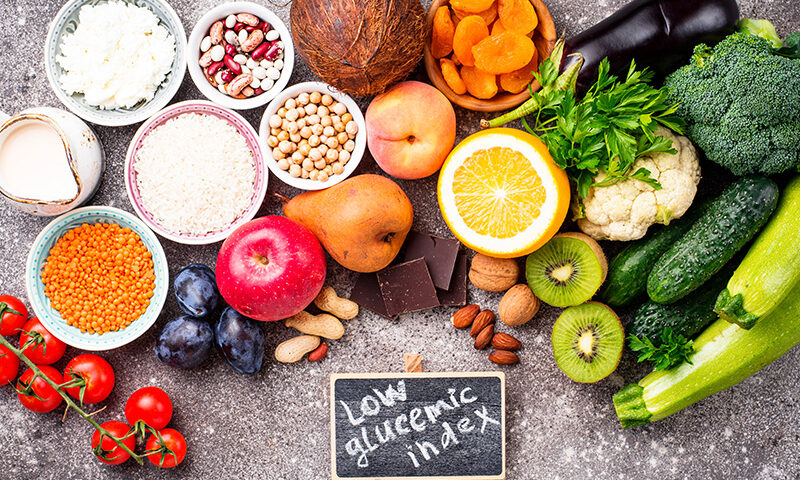
The Sweet Science: Understanding Glycemic Index and Modern Sweetening Solutions
Recent scientific research has brought significant attention to the relationship between glycemic impact and long-term health outcomes. This growing body of evidence has established compelling connections between maintaining a low glycemic diet and reducing the risk of chronic conditions, particularly obesity and diabetes, which continue to be major public health concerns globally.
Understanding the Glycemic Index
The Glycemic Index (GI), a numerical scale ranging from 0 to 100, serves as a valuable tool for understanding how different carbohydrates affect blood glucose levels. This scientific measurement helps consumers and healthcare professionals make informed decisions about dietary choices. Foods with a high GI are rapidly digested and absorbed, causing a quick spike in blood glucose levels, while low GI foods result in more gradual changes in blood sugar.
A Balanced Approach to Sugar Consumption
Contrary to popular belief, achieving a healthy or weight-controlled diet doesn’t require complete elimination of sugars and carbohydrates. Instead, the key lies in making informed choices about the types of sweeteners and carbohydrates consumed. This nuanced approach allows individuals to maintain enjoyable eating habits while managing their glycemic response effectively.
Strategic Sweetening Solutions
Modern food science has identified several ingredients that can provide sweetness while maintaining a low glycemic impact. Two notable examples include:
Fructose: As a natural sweetener with a GI of 20, fructose represents one of the lowest glycemic options available among natural sweeteners. This characteristic has been validated by scientific research and supported by regulatory authorities, including the European Union, which has approved health claims regarding fructose’s favorable impact on blood glucose response.
Short-chain Fructo-oligosaccharides (sc-FOS): This innovative ingredient serves a dual purpose by providing both sweetness and beneficial prebiotic fiber. With a glycemic index approaching zero, sc-FOS offers manufacturers a versatile option for creating products that align with contemporary health concerns.
Scientific Validation and Regulatory Recognition
The effectiveness of these alternative sweetening solutions is not merely theoretical. Recent regulatory developments, particularly in the European Union, have formally recognized the benefits of ingredients like fructose in managing blood glucose levels. These official endorsements provide manufacturers and consumers with additional confidence in the health benefits of these ingredients.
Industry Innovation and Response
Food manufacturers are increasingly recognizing the importance of offering products that align with low glycemic dietary preferences. Companies like Galam Iberia have developed comprehensive portfolios of ingredients specifically designed to meet this growing demand. Their product range includes both traditional options like fructose and innovative solutions such as FOS, enabling manufacturers to create products that satisfy both taste preferences and health considerations.
Future Implications for Food Manufacturing
The growing understanding of glycemic impact is reshaping product development strategies across the food industry. Manufacturers are now faced with the challenge – and opportunity – of reformulating products to achieve lower glycemic impacts while maintaining the taste and texture consumers expect. This evolution in food manufacturing requires careful ingredient selection and innovative formulation approaches.
Looking Ahead
As scientific understanding of the relationship between glycemic response and health continues to evolve, the demand for low GI alternatives is likely to grow. This trend presents both challenges and opportunities for food manufacturers, who must balance consumer taste preferences with increasing health consciousness. The availability of scientifically validated, low GI sweetening solutions provides a pathway for meeting these seemingly competing demands.
The future of food manufacturing will likely see continued innovation in this space, with new ingredients and formulations being developed to provide even more options for creating healthful, low glycemic products that don’t compromise on taste or functionality. This ongoing evolution reflects the industry’s commitment to addressing both consumer preferences and public health concerns through scientific innovation and careful ingredient selection.
